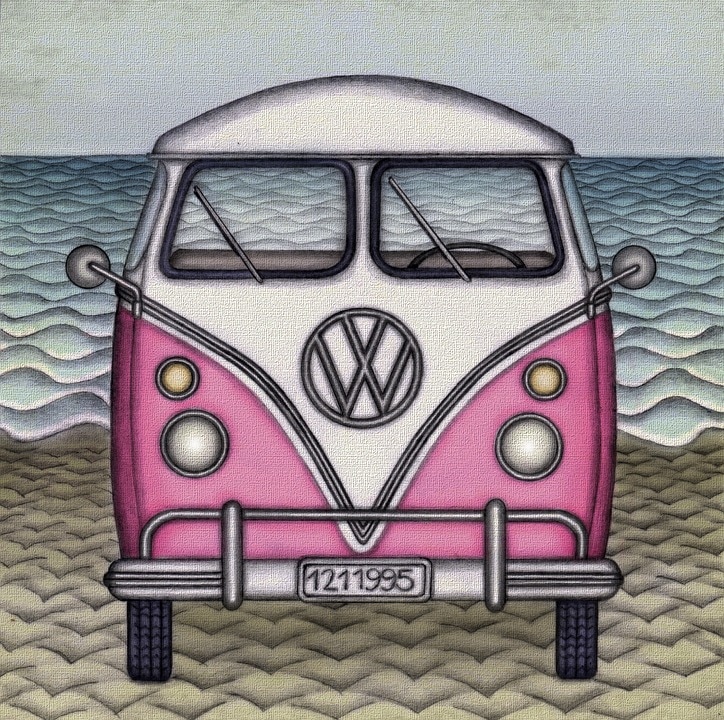

An imported raster images becomes yet another object in your vector graphics, and you can do with it everything you can do to other kinds of objects (move, transform, clip, etc.). Note that Inkscape can import and display raster images, too. Raster graphics tend to be better for photographs and some kinds of artistic drawings, while vectors are more suitable for design compositions, logos, images with text, technical illustrations, etc. Each has its own purpose and is useful for different kinds of things. Vector graphics are a complement, rather than an alternative, to raster graphics.
Inkscape logos donut how to#
A rasterization engine uses this information to determine how to plot each line and curve at any resolution or zoom level.Ĭontrast that to raster ("bitmap") graphics, which is always bound to a specific resolution, and stores an image as a grid of pixels. Vector graphics is a resolution-independent description of the actual shapes and objects that you see in the image. In contrast to raster (“bitmap”) graphics editors such as Photoshop or GIMP, Inkscape stores its graphics in a vector format. What sets Inkscape apart is its use of Scalable Vector Graphics (SVG), an open XML-based W3C standard, as the native format. Trandoductin, what you did there was what I'm trying to figure out, as the hidden tire logo was what I'd like to use (lettering is larger than my other decal logos, looks better on the tire (as shown), just have to arrange the curvature a bit better.Inkscape is an open-source vector graphics editor similar to Adobe Illustrator, Corel Draw, Freehand, or Xara X.

Saulgoode, will try to do it as you mentioned, keep posted, Ofnuts, that's exactly the result I've been getting too, a little off the mark IMHO. However, the flat tire (the one half hidden) is the logo I'd like to use (just the Michelin rectangle). That's exactly what I'm getting, warps out the image. Īll a bit hit-and-miss I am afraid to get the ends and curvature correct. Then apply the curve-bend filter, looks like this. Give it an alpha channel, Increase the canvas size for some working room and apply a perspective transform just to the logo, to slope the ends. This is the logo from a search, quite a big image. The problem with the curve-bend filter is it only acts horizontally and leaves the ends vertical, which does not look correct. Yeah, there is a steep learning curve with Inkscape, so maybe better to stick to Gimp. Last edited by saulgoode on Sun 3:39 am, edited 1 time in total. Use the Move Tool to place it in position.Īny sufficiently primitive technology is indistinguishable from a rock. Autocrop the layer and then copy it over to your target (doughnut) image. Open the "Filters->Distorts->Polar Coordinates" dialog and use the following settings.ĩ.

Perform a "Layer->Layer to Image Size".Ĩ. Your preview should show the banner centered at the top of the image.ħ. Click on the "Center" button and then change the Y-offset value to zero. Enter the diameter that you measured in step 4 as the new height. Next open the "Image->Canvas Size" dialog and again click on the chainlink to maintain the aspect ratio. Click on the chainlink button in order to fix the aspect ratio of the banner and then change the height of the image to be twice the thickness determined in step 4.Ħ. Go back to your banner image and open the "Image->Scale" dialog. Take two measurements: the diameter of the entire ring and the thickness of its circumference.ĥ. You don't need to paint the "ring" I only did that for demonstration purposes.Ĥ. Determine on your target image where you want the banner to appear. I used a doughnut (mmm, doughnuts) instead of a tire.ģ. Here is a mini-tutorial on using the Polar Coordinates filter to map your image to a curve.ġ. By ofnuts (but I have more pretty pictures, and doughnuts )


 0 kommentar(er)
0 kommentar(er)
